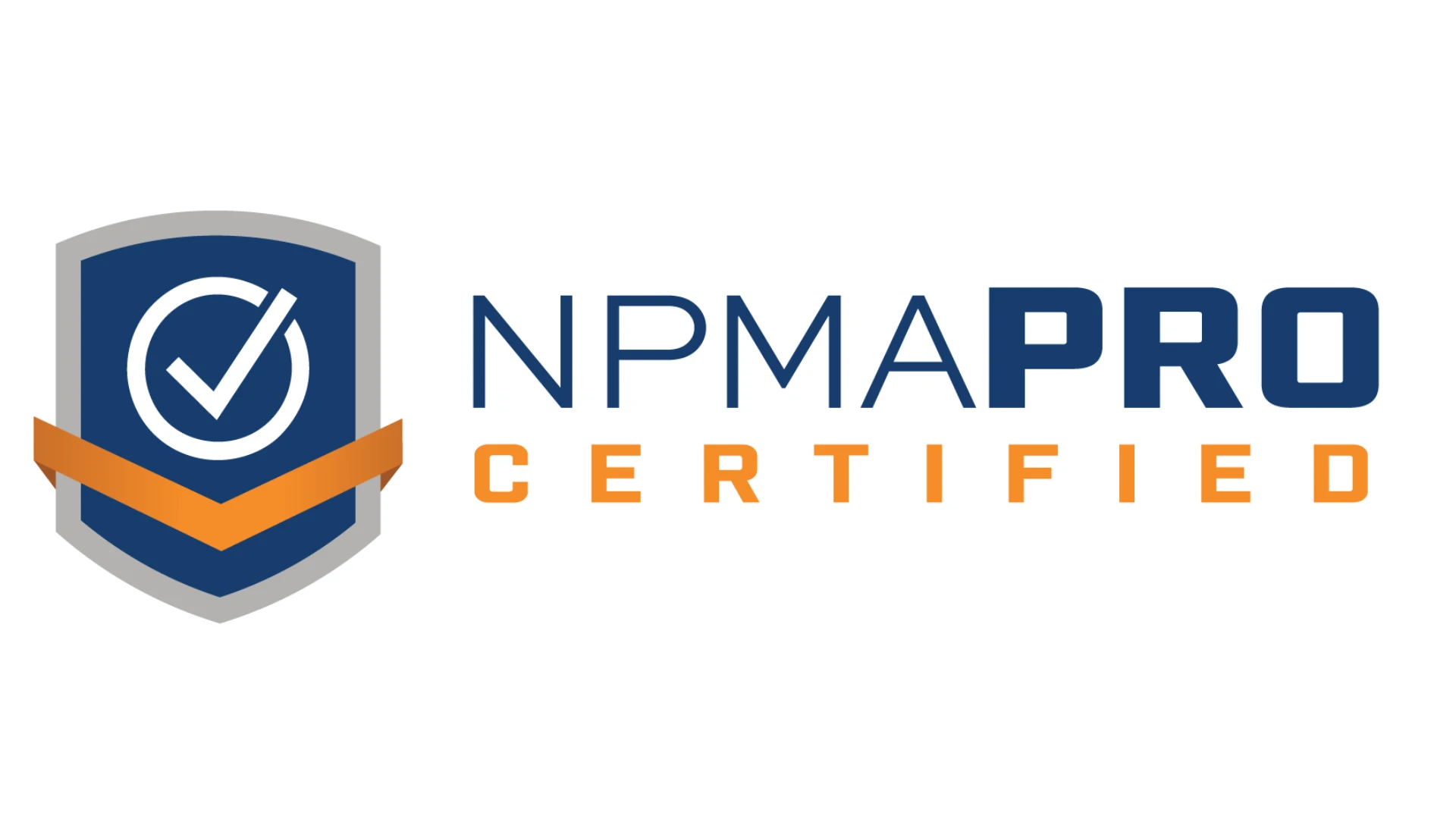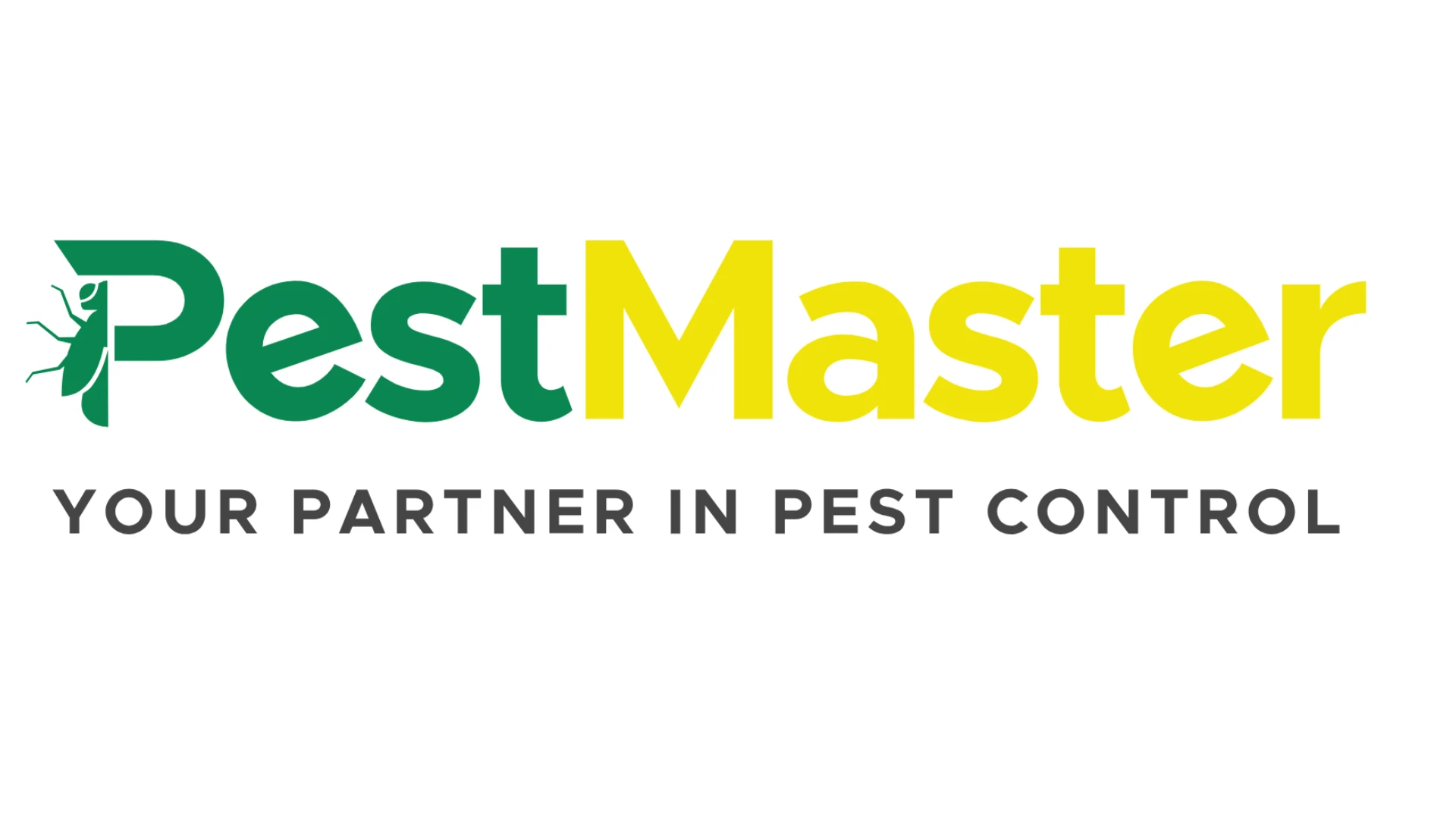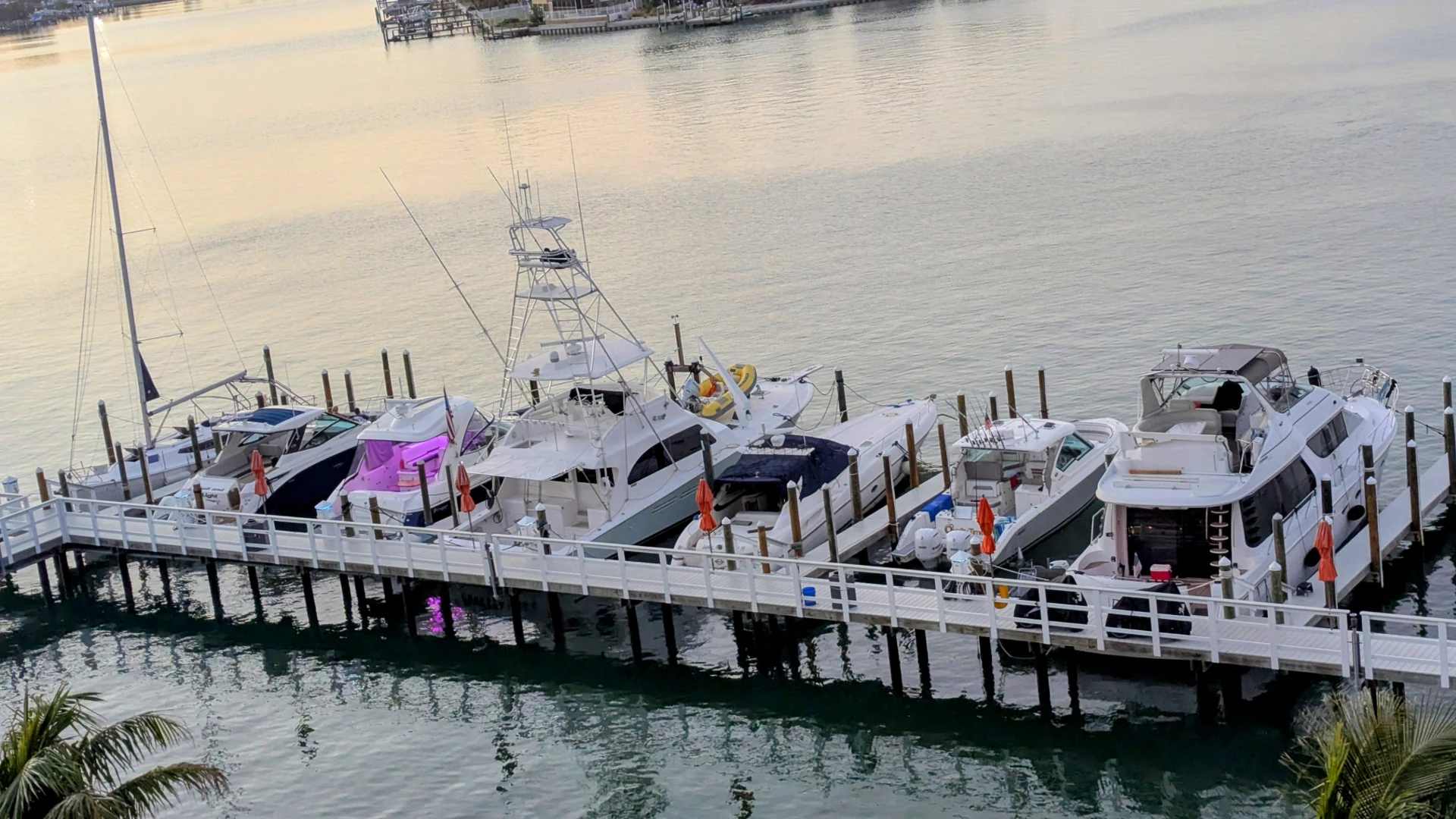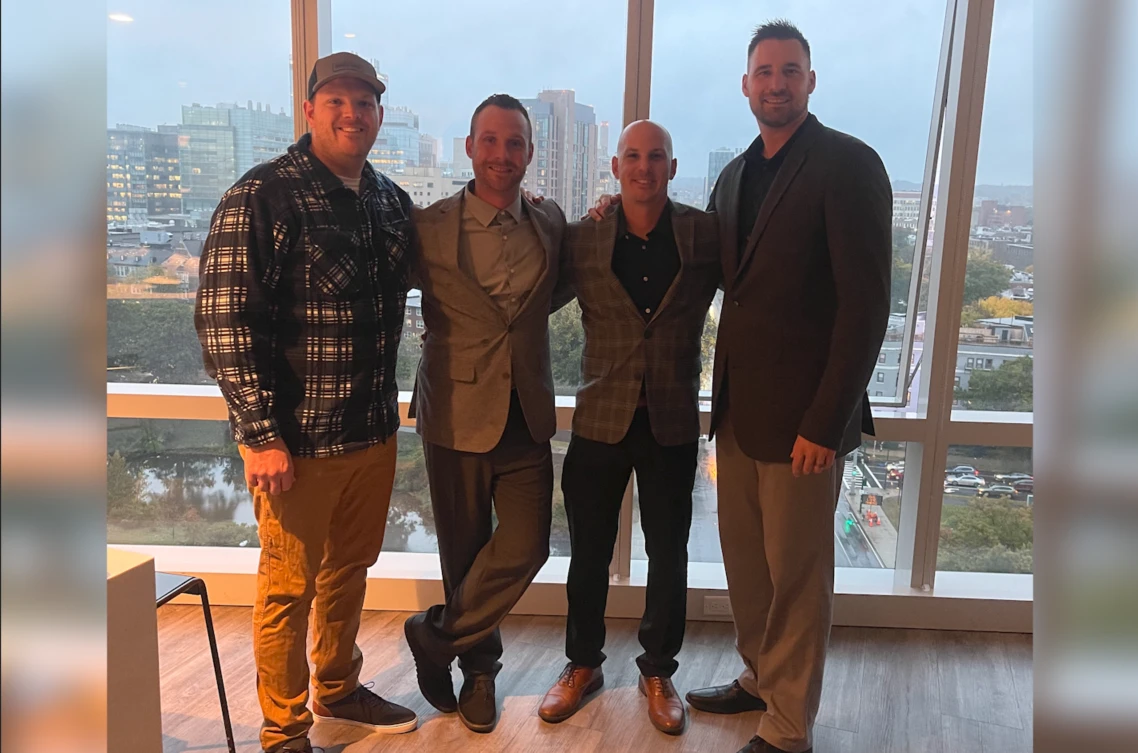Editor’s note: The following case studies were supplied by various bird control product suppliers.
Supplier: Bird Barrier of America
www.birdbarrier.com
Bird Problem: A 2,400-Pound Pigeon Problem
The owner of a Texas office building was spending three times the budgeted cost for window cleaning each year because of a bird infestation. Increased spending wasn’t the only issue. The accumulation of droppings had become so substantial that window cleaning crews complained about the working environment. Painters flat out refused to work on the building. Tenants began to complain as well because bird droppings and nesting materials were visible from office windows. The management company decided to take action and contacted Ray Hageman of Accurate Quality Services, who had established a reputation for solving bird problems after a successful installation on another property in the area.
The property owner had chosen to modernize the building’s façade by securing pre-cast columns to the ledges that run under the windows on each floor. But large groups of pigeons roosted on the ledges and built nests in the protected area behind the columns. In order to deter birds from this building, the protected areas needed to be completely excluded.
Hageman and his crew attached 2-inch Heavy Duty StealthNet from Bird Barrier of America between the columns and the outer wall. “The most difficult aspect of this job was the clean-up. We had to secure the net as we cleaned in order to prevent additional buildup of droppings,” said Hageman. In the end, they removed more than 2,400 pounds of droppings and debris.
To maintain the building’s aesthetics, gray Bird-Shock Flex-Track was selected to deter birds from the ledges. By installing four rows of track, the entire depth of the ledge now is protected. As the installation progressed, birds moved from the protected areas of the building. “We noticed pigeons attempting to land on the ledges and flying away once they came in contact with the Flex-Track,” Hageman said. Now that the installation is complete, the building owner is pleased with the results.
Supplier: Bird-B-Gone
www.birdbgone.com
New Technology: New Net Testing Procedures and Testing Machine
Bird-B-Gone recently announced an extensive net testing procedure to ensure quality bird control netting, the only bird net with a 10-year guarantee, the company said.
Each net goes through a vigorous, three-step process before it leaves the Bird-B-Gone facility:
- Visual Inspections. Before any bird net is cut or shipped out of the facility it is 100-percent visually inspected. Each net is rolled out and checked for any blemishes or flaws.
- Break Strength Testing. Bird-B-Gone has invested in a state-of-the-art net strength testing machine ensuring that Bird-B-Gone net qualifies as the strongest bird netting on the market. After inspection, a small piece of each lot is tested for it strength and integrity. Bird-B-Gone’s testing methodology is based on ISO 1806 protocol.
Bird-B-Gone technicians analyze the net’s performance under many stressful, real-world conditions, including exposure to sun and water. Break strength and tensile strength are closely monitored to ensure that only the highest-quality net leaves the company’s warehouse.
- Net Packaging System. Bird Netting is marked every 25 feet with colored twine, helping the installer get accurate measurements during installation.
Each net is then folded to the smallest size and custom packaged to ensure that the integrity of the net is maintained during shipping.
SUPPLIER: RejeX-it
www.rejexit.com
Bird Problem: Expelling Starlings from an Electric Substation
PG&E’s Table Mountain Substation west of Oroville, Calif., has seen a growing problem with winter roosting starlings, which produce both excessive clean-up costs and outages due to birds being electrocuted. Other aversion methods had failed. David Kibby, Sky High Bird Management, assisted by Jeffrey Ling, Flock Fighters USA, prescribed and implemented a bird expulsion program utilizing RejeX-it Fog Force aerosols.
When applications started, an estimated 100,000 starlings entered the substation’s two massive capacitor banks each night. Utilizing several of Curtis Dyna Fog’s “Golden Eagles,” the birds were fogged with the product as they arrived on site at sunset. The sites were energized with 500,000 volts of electricity.
On the third night, fewer than 10,000 birds arrived and after the fourth night, only about 500 birds returned to the site. Site management determined that another four-day campaign would be implemented to expel the remainder of the birds and this objective was achieved.
The birds did not return.
With weather changes in December, new groups of birds from the mountains north of Oroville attempted to utilize the site, but several nights of fogging expelled them.
At no time did the energized hardware react to the fogging and no environmental impacts were reported. No residues were reported, the company said.
According to the manufacturer, RejeX-it Fog Force is being proven around the country to be the best method to move nuisance birds from electrical transmission and generation sites without impacting the operations or limiting employee access to the sites.
Supplier: Protec of Florida
www.simplebluebox.com
New technology: Simple Blue Box
What do homicide detectives, fighter pilots and bird control people all have in common? They are all at the top of their field. Do I hear some grumbling? Fine, let me explain. My name is Mike Walker and I’m with Protec of Florida/www.SimpleBlueBox.com. I am also a PCO in Florida and have a nuisance wildlife permit.
I have trapped more than my share of critters, turned out the lights on a zillion termites and roaches and have repelled enough birds to be personally considered repulsive. Of the three adventures, I consider bird control to be at the top of the heap. The reason is that, to do the job, you have to have a lot of imagination and creativity; very little of the work is obvious. What kind birds are you working with? Are they loafing or nesting? How do you get them to leave the area and what do you use? Netting, spikes, gel, laser, trapping or sound? And while we are all ingenious in improvising with traps and bait placement, it takes a different breed to hang off the side of a building to install the last stretch of shock track or to net an air conditioning unit so the repairman doesn’t trash it.
That said, let me say that bird control just got simpler. The next generation of control for a pest management professional’s toolbox are systems to repel birds from large areas using an old product, RejeX-It, and new technologies, including the Simple Blue Box.
Supplier: FlyBye
www.flybye.com
Bird Problem: Free-Flying Birds Roosting and Nesting at Stadium
Upon arrival it was simple to see why Qwest Event Center (which neighbors Qwest Field) in Seattle needed help. There were droppings everywhere even with a continuous effort by the maintenance staff to keep areas clean enough that patrons would not complain. It finally reached a boiling point when the maintenance supervisor detailed to his boss what kind of time and money was being washed away with the constant clean-up efforts just to keep the stadium somewhat presentable. The stadium was under the assumption that the pest control company on contract could do something about the pigeon problem. Unfortunately they were wrong. The company employed by the facility had zero experience with a problem of this magnitude. By the time Bird Busters out of Washington State was called in, it was way past using scare devices or chemical treatments. It was time for a permanent solution — one that could be used and then forgotten about. They chose Bird Net from Fly Bye, a physical barrier recognized as the best (if low-tech) solution.
After some serious research, Bird Busters found that the best bird net at the most affordable price was available from FlyBye Bird Control Products. The firm carries an industry standard polyethylene bird net available in any color and any size net. The company can produce the nets in a very short time, and has a wide range of accessories and hardware as well.
“We needed a particular part for the project that FlyBye did not stock. They got us the item and added it to our initial order charging us the same cost that we had been paying from our original supplier. We really got the feeling that they wanted our business and cared about us getting the right product to finish the job right,” the company said.
Supplier: BIRD-X
www.bird-x.com
Bird Problem: Birds and Critters Coming to Visit Your Customers’ Back Yards
Summer and fall bring all sorts of things to your customers’ minds: beaches, barbecues and the outdoors. But birds can bring a lot more, like disease, infestation and property damage.
In addition to the avian flu and West Nile virus, birds and other critters can carry more than 60 different diseases in their feces. Some of these diseases are airborne and can easily be inhaled causing lung and upper respiratory complications.
Coyotes, raccoons, birds and squirrels can have a negative effect on your customers’ homes. Raccoons can infest homes by nesting in attics and within the walls. They chew on insulation and defecate and urinate, leaving intolerable odors. Bird feces have acidic elements that also can cause damage to a home. The bird droppings cause erosion on wood, metal and steel.
Animals like coyotes, birds, squirrels and raccoons are habitual species. Ultrasonic and sonic devices such as the YardGard from Bird-X use sound technology to repel coyotes, raccoons, skunks, opossums, deer and other creatures. These devices work by continuous or motion-sensor operation, which is ideal for yards, gardens, porches, buildings and greenhouses.
Your customers may ask, “How do these devices actually work?” There are a few different ways to humanely deter and repel pests. Taste, sound, sight and physical barriers are the most common ways to avoid critter infestations. A taste aversion that uses methyl anthranylate from the skin of concord grapes is used as a repulsive tactic to the bird and/or critters’ taste buds. Bird netting, spikes, Irri-tape (from Bird-X) and moving owls all help create an environment that will irritate and prevent these animals from invading your customers’ homes.
Supplier: Nixlalite of America
www.nixalite.com
Bird Problem: Controlling Birds in Open Spaces
When young Gary Crawford raised homing pigeons and raced them, he would take them 200 miles from his home and, invariably, they would beat him home to their cage. One year after closing the cages, they were still coming back. “They remembered their home location from 200 miles away and continued to test the area for moving back in. I learned then that birds have great memories,” Crawford said.
Forty years later Crawford, owner of a special effects company in the Seattle area, used his knowledge of birds to build a machine that would deter birds from open spaces. “In CITC, we manufacture specialty machines to create haze, wind, smoke and other special effects for the entertainment industry,” said Crawford. His knowledge of haze, fog and air currents encouraged him to develop a smaller particle machine, which uses methyl antranilate (MA), a repellent used for bird control. Crawford founded GBS to produce the small particle machine that would create a haze that encourages birds to fly to new roosting areas. He named it Bird Buffer.
Cory Gellerstedt, president of Nixalite (a distributor for the Bird Buffer), said the idea of bird control originally had taken hold in the 1940’s when the original “porcupine wire” bird spikes were invented by Gellerstedt’s grandfather, Charles Kaufmann.
Being familiar with the habits of birds helped Crawford in his research to get a better response from birds by reducing the amount of fluid consumption, vaporizing the fluid and keeping it fresh throughout the day. “We used to wonder why the birds didn’t leave, until they started flying through the nano-sized particles floating in the air. Then we realized it was their breathing faster when flying that caused the birds to become stimulated enough to want to leave.” Crawford said. “So we developed automation for short output duration for the flying birds.”
GBS took on the challenge and created Bird Buffer, a machine that converts the liquid Fog Force into tiny particles that, when blown into the air at 90 mph, create an invisible haze that stays suspended in the air for about six hours. The machine is set on a timer to dispense the haze periodically, so the haze stays fresh, but sprays only when the birds are active.

Explore the September 2008 Issue
Check out more from this issue and find your next story to read.
Latest from Pest Control Technology
- Scorpion Launches Capacity Marketing Engine
- Petti Pest Control Owners Reflect on Finding Success as a Father-Son Duo
- Effective Mitigation of Crow Infestations
- Mosquito Control: Spraying vs. IPM
- Terminix Service's Leaders Inducted into South Carolina Business Hall of Fame
- Christner on Colorado's Preemption Roll Back on Business Growth
- How to Get Rid of Odorous House Ants
- Massey Services Promotes Herndon to Director of Sales for Multi-Family Division





